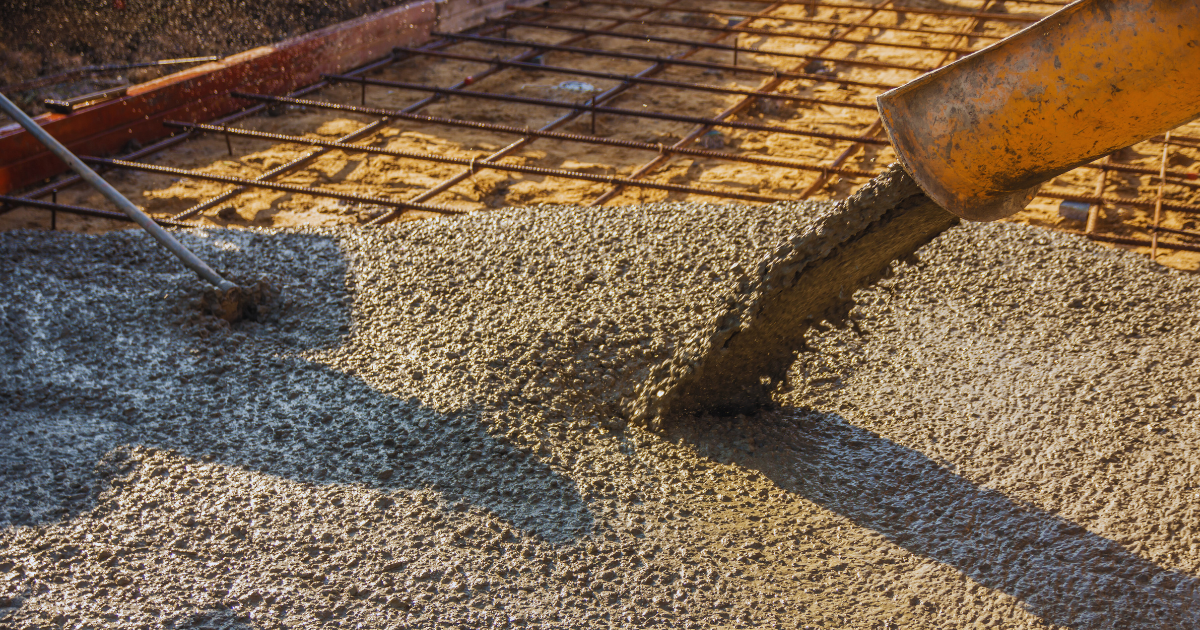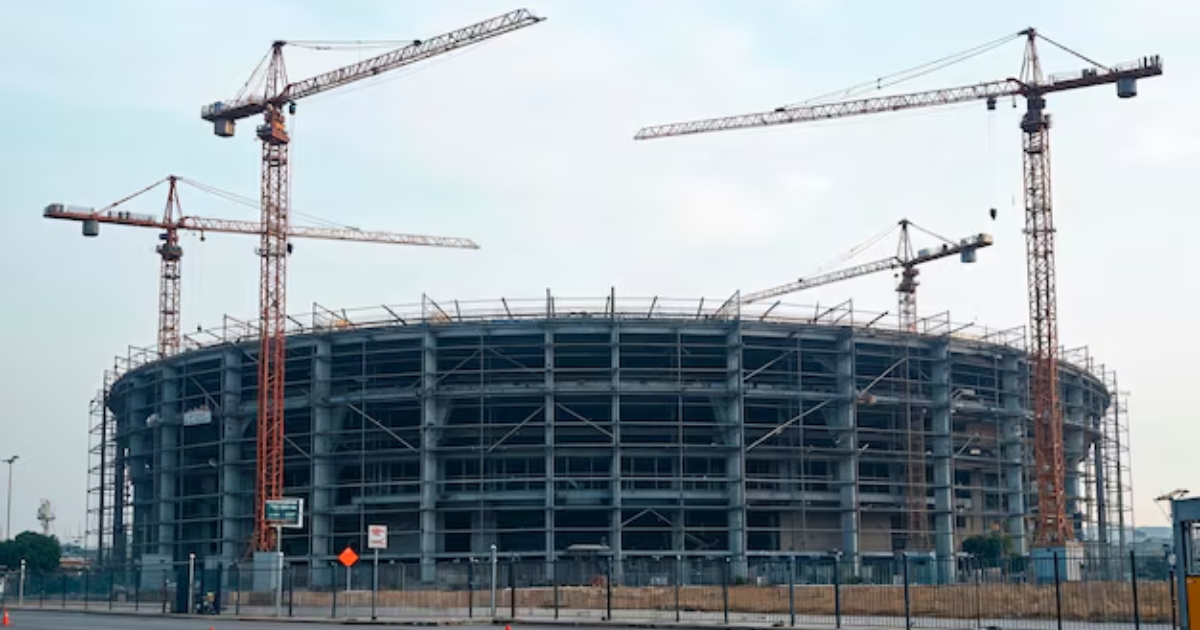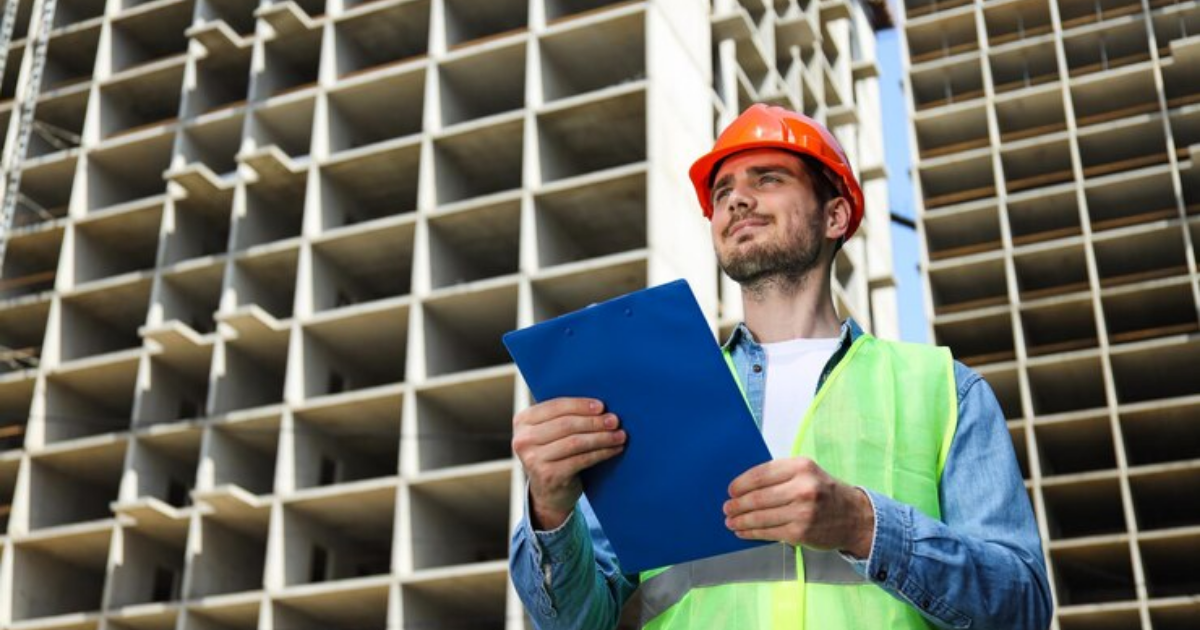In any construction project, the quality and suitability of materials play a crucial role in determining the durability and success of the final structure. One such critical material is Ready-Mix Concrete. Ready-mix concrete has become a preferred choice in modern construction for its convenience, consistency, and reliability. However, selecting the right type of ready-mix concrete is essential to ensure that it meets the specific needs of your project. This guide will help you understand the different types of ready-mix concrete, factors to consider, and how to choose the best mix for your project.
What is Ready-Mix Concrete?
Ready-mix concrete is a type of concrete that is manufactured in a batching plant and delivered to a construction site in a ready-to-use form. It consists of a mixture of cement, water, aggregates (such as sand, gravel, or crushed stone), and admixtures. The concrete is prepared according to a specific formula and mixed under controlled conditions to ensure uniformity and high quality.
Ready-mix concrete offers several advantages over traditional on-site mixing. It ensures a consistent mix quality, saves time on site, and reduces the likelihood of errors in proportions or mixing methods. Additionally, it eliminates the need for storing raw materials at the construction site, making it ideal for projects in urban areas with limited space.
Types of Ready-Mix Concrete
There are several types of ready-mix concrete available, each designed to meet the requirements of different construction projects. The most common types include:
1. Standard Ready-Mix Concrete
Standard ready-mix concrete is the most widely used type. It is ideal for general construction projects such as foundations, floors, and pavements. The concrete is typically delivered in a pre-mixed state, ensuring a uniform and consistent mixture. Depending on the project’s requirements, you can choose a mix with the appropriate strength, which is usually measured in grades (M10, M20, M25, etc.).
2. High-Strength Ready-Mix Concrete
For projects that require exceptional strength and durability, high-strength ready-mix concrete is the best choice. This type of concrete is often used in the construction of skyscrapers, bridges, and heavy-duty industrial structures. It has a higher cement content and may include special additives to increase its compressive strength. The mix is designed to withstand significant loads and harsh environmental conditions.
3. Self-Compacting Concrete (SCC)
Self-compacting concrete is a highly flowable and non-segregating type of ready-mix concrete that can spread into place and fill formwork without the need for mechanical vibration. This makes it ideal for projects with complex formwork or where conventional concrete cannot be easily placed. SCC is commonly used in architectural and structural applications, including bridges and high-rise buildings.
4. Fiber-Reinforced Ready-Mix Concrete
This type contains fibrous materials, such as steel, glass, or synthetic fibers, that enhance the tensile strength and crack resistance of the concrete. Fiber-reinforced ready-mix concrete is often used in projects that require improved durability and resistance to wear, such as industrial floors, pavements, and marine structures.
5. Lightweight Ready-Mix Concrete
Lightweight ready-mix concrete is made with lightweight aggregates, such as expanded clay or shale, which reduce the overall weight of the concrete. It is commonly used in projects where weight reduction is essential, such as in high-rise buildings, bridges, and roofing. This type of concrete also offers better thermal insulation properties.
6. Decorative Ready-Mix Concrete
For projects that require aesthetic appeal, decorative ready-mix concrete is an excellent choice. This type of concrete can be colored, stamped, or textured to achieve various finishes and patterns. It is commonly used in patios, walkways, driveways, and landscaping projects.
Factors to Consider When Selecting Ready-Mix Concrete
Choosing the right type involves several important considerations to ensure that it meets the specific requirements of your project. Here are the key factors to consider:
1. Project Requirements
The first step in selecting ready-mix concrete is understanding the specific needs of your project. Consider the type of structure, the load it will bear, and the environmental conditions it will be exposed to. For example, if the project involves a high-rise building, you will need high-strength ready-mix concrete. For a residential driveway, standard ready-mix concrete may suffice.
2. Concrete Strength
Concrete strength is measured in terms of its compressive strength, which is the ability of the material to withstand loads without breaking. The strength of the concrete required for your project will depend on factors such as the load-bearing capacity of the structure and the exposure to environmental stresses. Concrete is graded based on its compressive strength, and you should choose a mix that meets the required grade (e.g., M15, M20, M30).
3. Workability
Workability refers to how easily the concrete can be placed and compacted into the desired form. Some projects, such as those with intricate formwork or congested reinforcement, may require highly workable concrete, such as self-compacting concrete (SCC). The workability of the concrete should match the placement method and project complexity.
4. Durability
The durability of the concrete is crucial, especially in projects exposed to harsh environmental conditions such as freeze-thaw cycles, chemical exposure, or saltwater. For these conditions, you may need a mix that includes additives to enhance durability, such as air-entraining agents or corrosion inhibitors.
5. Cost
Cost is an essential factor in any construction project. While it may be tempting to opt for the cheapest option, selecting the right mix that offers the required performance can save money in the long run by reducing the need for repairs and maintenance. High-strength or specialty concretes may come with a higher upfront cost but provide long-term benefits in terms of durability and performance.
6. Environmental Considerations
Sustainability is becoming increasingly important in construction. Some manufacturers offer eco-friendly options that use recycled aggregates, lower cement content, or supplementary cementitious materials (such as fly ash or slag) to reduce the environmental impact of the concrete.
Best Practices for Using Ready-Mix Concrete
Once you’ve chosen the appropriate type of ready-mix concrete for your project, it’s essential to follow best practices for its use to achieve the desired results.
1. Proper Storage and Handling
Ensure that the ready-mix concrete is delivered on time and stored properly at the site. Concrete should be protected from excessive heat or cold, as these conditions can affect its performance. Ready-mix concrete should be used immediately after delivery to prevent it from drying out or losing its workability.
2. Correct Mixing Proportions
The quality of the concrete mix is critical. Ensure that the proportions of cement, water, aggregates, and admixtures are precisely controlled according to the project’s requirements. This is especially important in high-strength or specialized mixes.
3. Quality Control
Work with a reputable supplier who follows strict quality control measures. The concrete should be tested for compressive strength, workability, and durability to ensure that it meets the required specifications.
4. Curing
Curing is essential to achieving the full strength and durability of the concrete. After placement, the concrete must be kept moist for a specified period to prevent cracking and ensure proper hydration of the cement. Different types of curing methods, such as water curing or the use of curing compounds, can be used depending on the project’s requirements.
5. Monitoring Environmental Conditions
Environmental factors such as temperature, humidity, and wind can affect the performance of ready-mix concrete. Ensure that the concrete is placed and cured under favorable conditions to avoid issues such as cracking or premature setting.
Conclusion
Selecting the right Ready-Mix Concrete is essential to the success of any construction project. By understanding the different types of ready-mix concrete available, considering key factors such as strength, workability, and durability, and following best practices for its use, you can ensure that your project is built to last. Ready-mix concrete not only offers convenience and efficiency but also provides a high level of quality and consistency that can significantly enhance the performance of your construction project.







